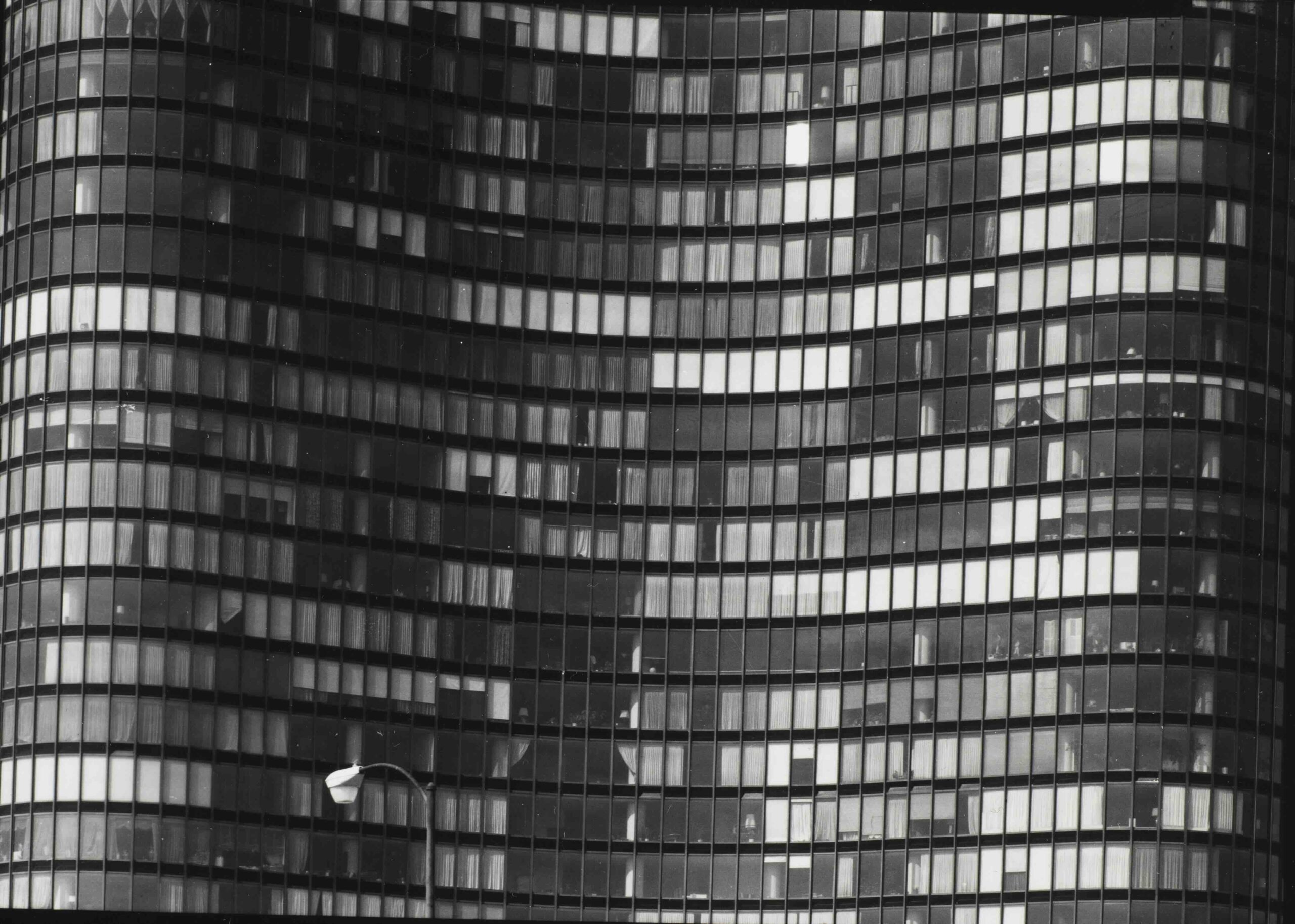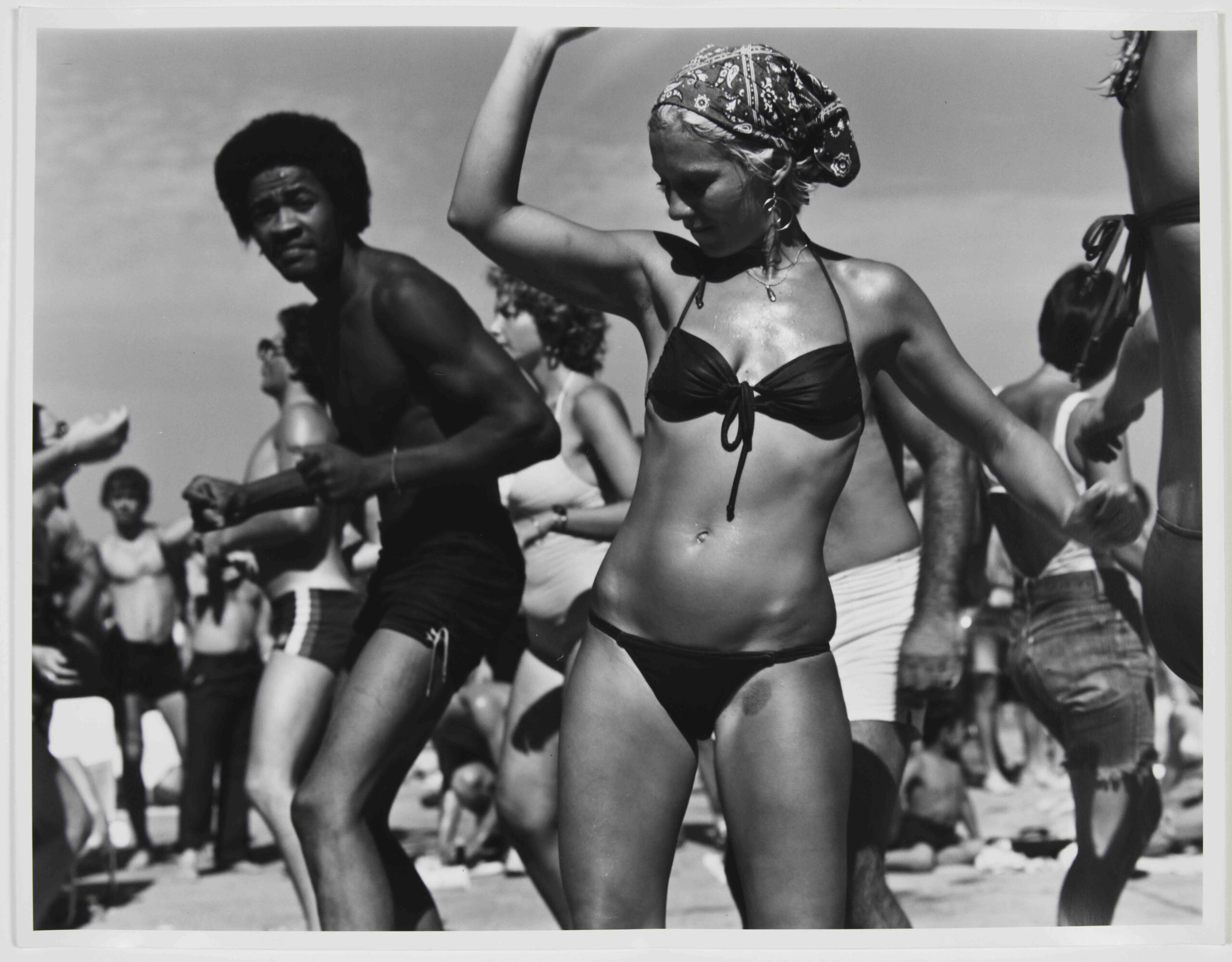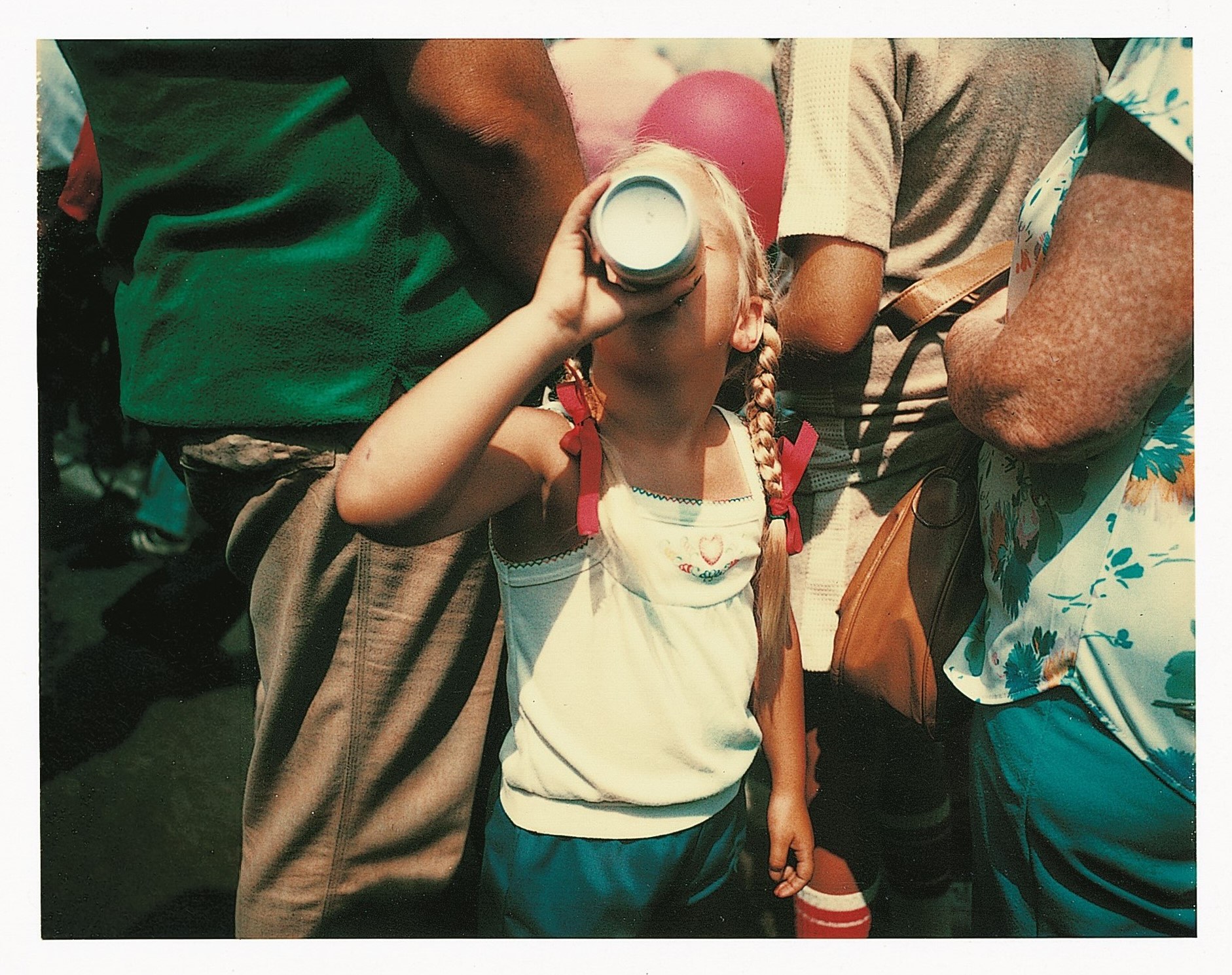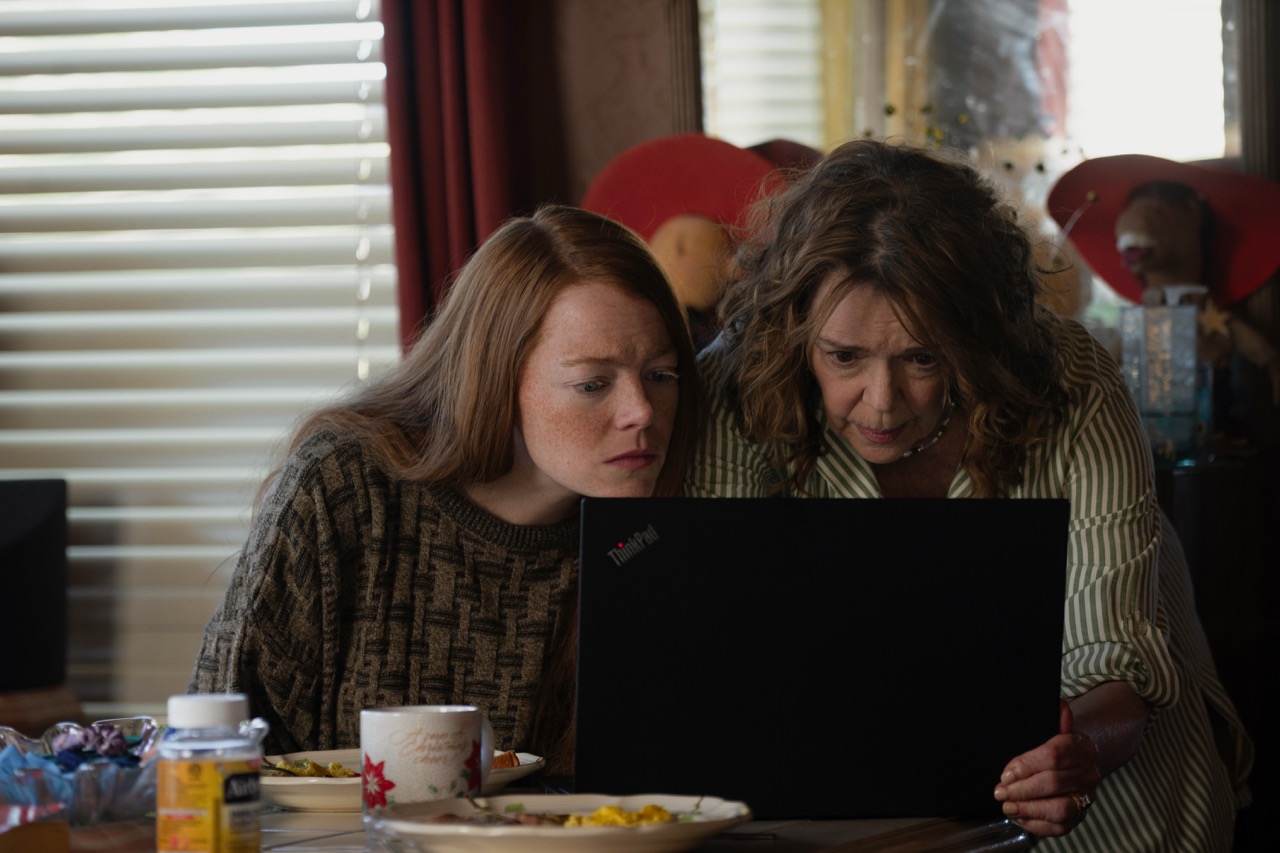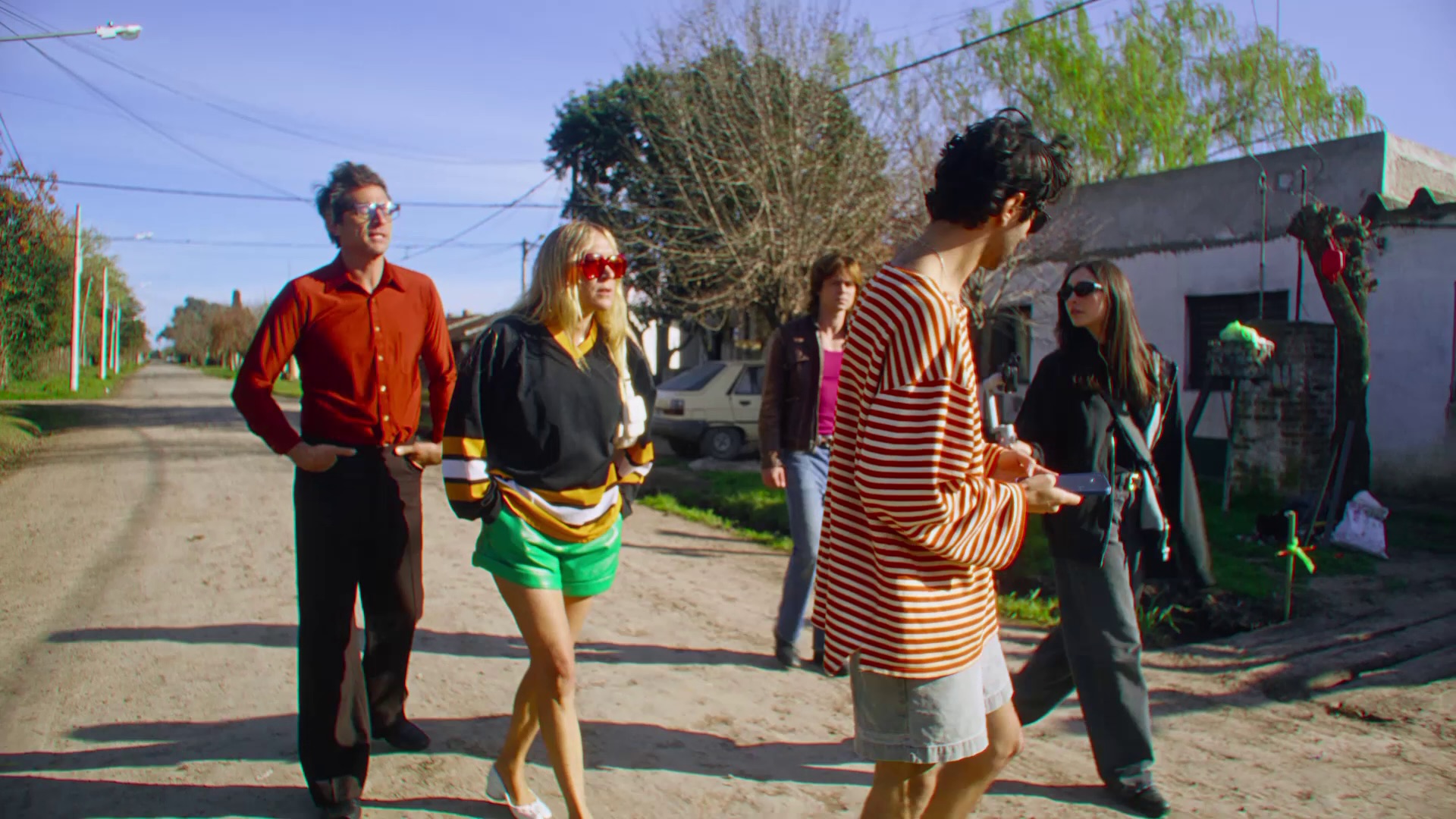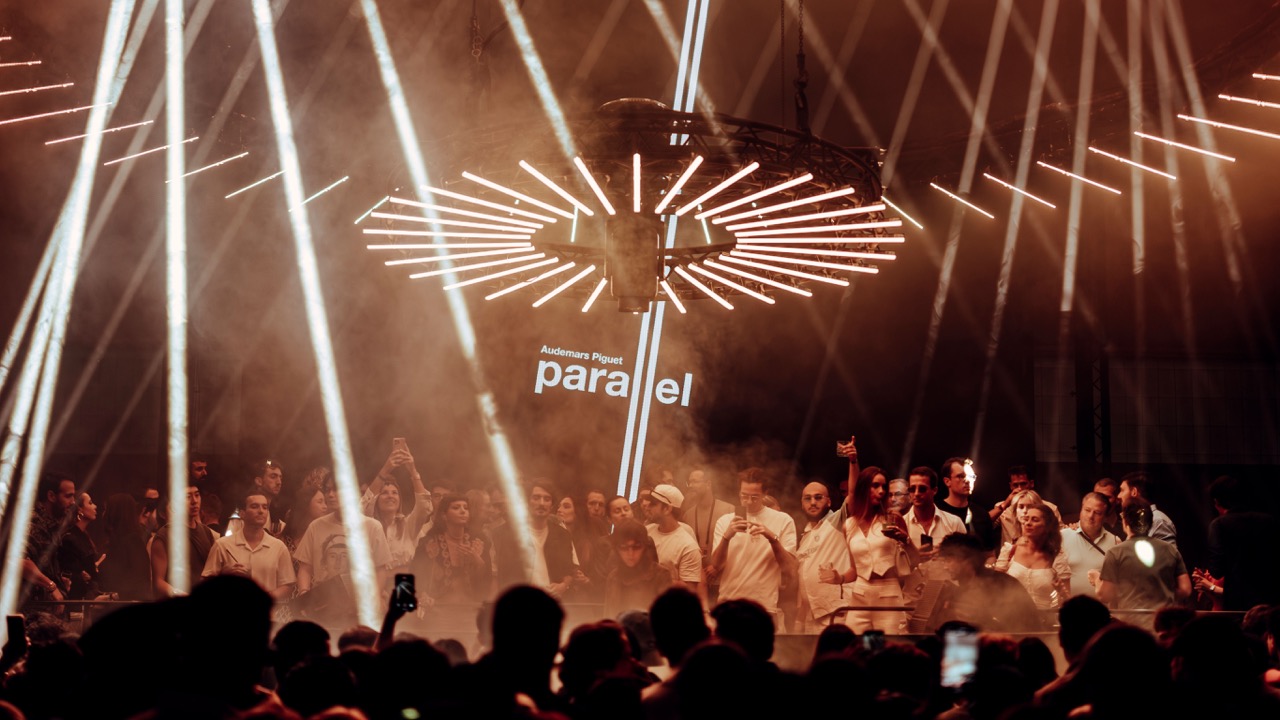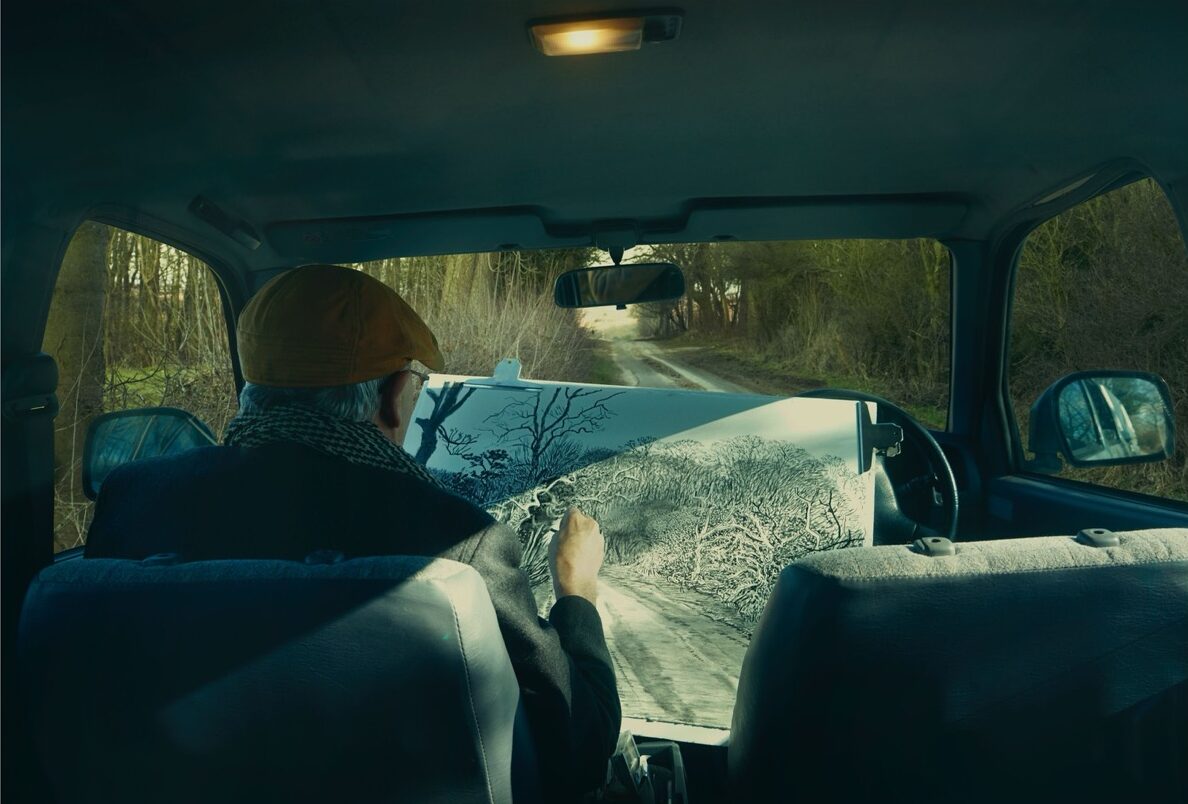Barbara Crane
Centre Pompidou, Paris
September 11th, 2024 – January 6th, 2025
A pioneer of experimental and abstract photography, Barbara Crane explored numerous photographic processes throughout her long career. A scholar of repetition and the deconstruction of visual information, she extensively experimented with sequences, grids, rolls, and large modular murals, working in various formats and materials, from intimate sizes to larger scales. She utilized diverse photographic approaches such as platinum-palladium, Polaroid processes, image transfers, silver gelatin, and digital techniques. The result is an ever-evolving body of work that is conceptually coherent, varied in its approach, and experimental in style.
Born in Chicago in 1928, Crane studied at Mills College in California, earned a Bachelor of Arts in Art History from New York University, and in 1966 obtained a Master of Science from the Institute of Design at the Illinois Institute of Technology. She began teaching photography in 1964 and joined the faculty of the School of the Art Institute of Chicago in 1967. Her work is notable for the synthesis it achieves between the tradition of American straight photography and a more experimental sensibility, inherited from the European avant-garde, typical of the teachings of the Chicago school. Crane combines total freedom in her approach to the medium with technical perfectionism, setting her apart from her contemporaries. Her photographic approach to the city, especially Chicago, and its anonymous inhabitants, became unique: both the artistic context in which she developed — marked by structuralism and conceptual art — and her numerous influences, from John Cage to Henri Matisse, including choreographer Merce Cunningham and experimental cinema, inspired her practice, dominated by the concepts of sequence and series, accidentality, and discipline.
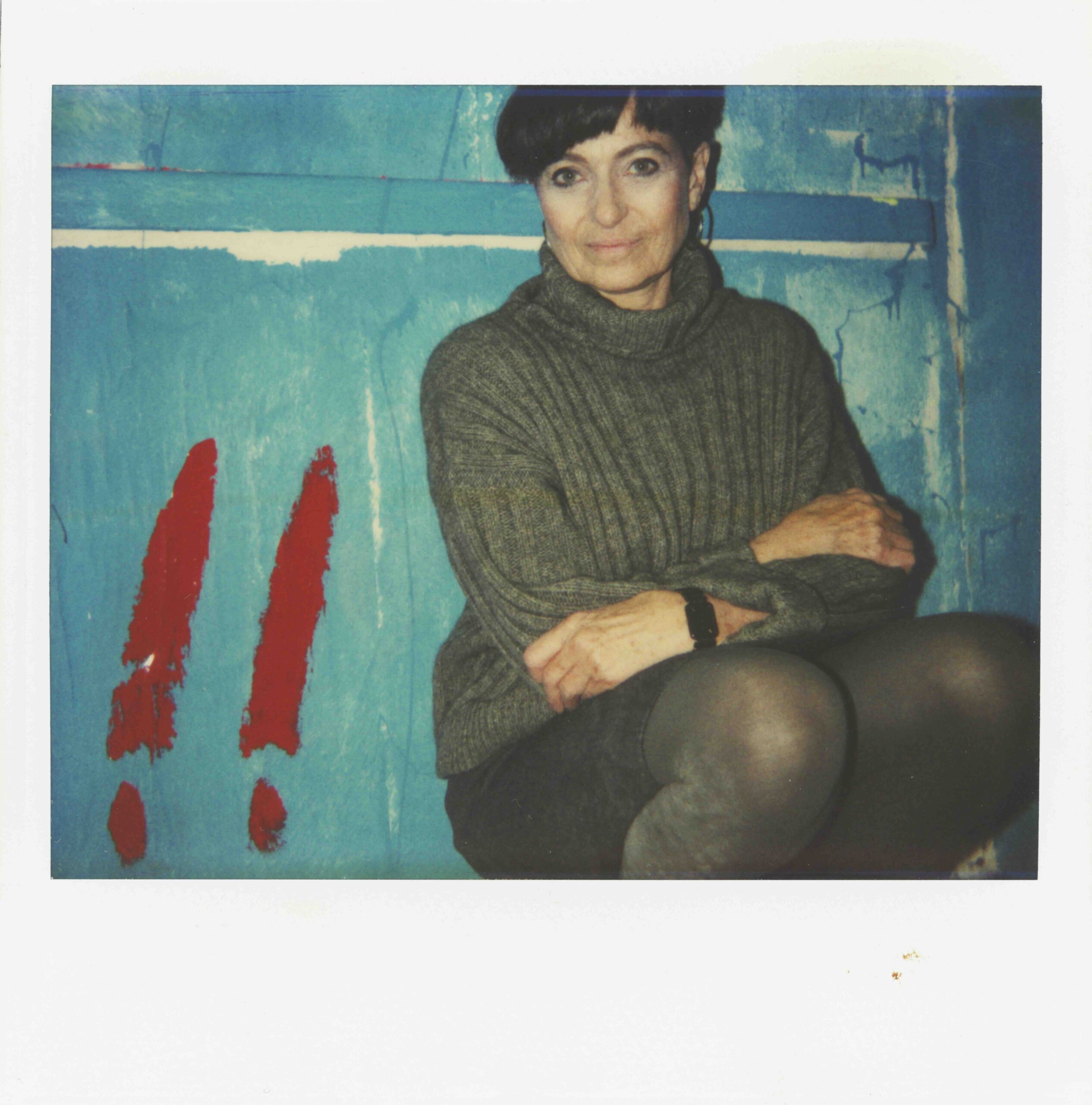
Although her work is part of many public and private collections in the United States, Barbara Crane’s oeuvre remains largely unknown in Europe.
This year, the Centre Pompidou in Paris presents the first major monograph in Europe dedicated to the American photographer, whose career spans over sixty years. The exhibition brings together more than 200 works, some of which were recently acquired by the Musée National d’Art Moderne. In collaboration with the Barbara B. Crane Trust, the exhibition focuses on the first 25 years of the artist’s career, showcasing hundreds of her most important works, many of which have never been exhibited before. Barbara Crane created a plural body of work, constantly exploring photographic forms and techniques — silver gelatin and digital prints, Polaroid instant prints, photographic transfers, platinum-palladium prints, color, and b&w — as demonstrated in the exhibition selection, which includes the Human Forms series, illustrating Crane’s early explorations of light, volume, and line by studying her own children without ever showing their faces, focusing instead on the contours of their bodies as shapes of pure light. The Neon Series, created during a stay in Las Vegas in 1969, captures the city’s neon signs, with the intent to reproduce eerie combinations of patterns and letters, later superimposing them onto close-up portraits of individuals photographed outside a department store. The People of the North Portal series, which includes Doors and Heads, fits within the tradition of American street photography, questioning the role of the photographer in urban spaces. The exhibition also includes Beaches and Parks, Whole Roll, Baxter Labs, Loop Series, Chicago Epic, On The Fence, Maricopa County Fair, Objet Trouvé, Repeat, Wipe Outs, and the Monster Series.
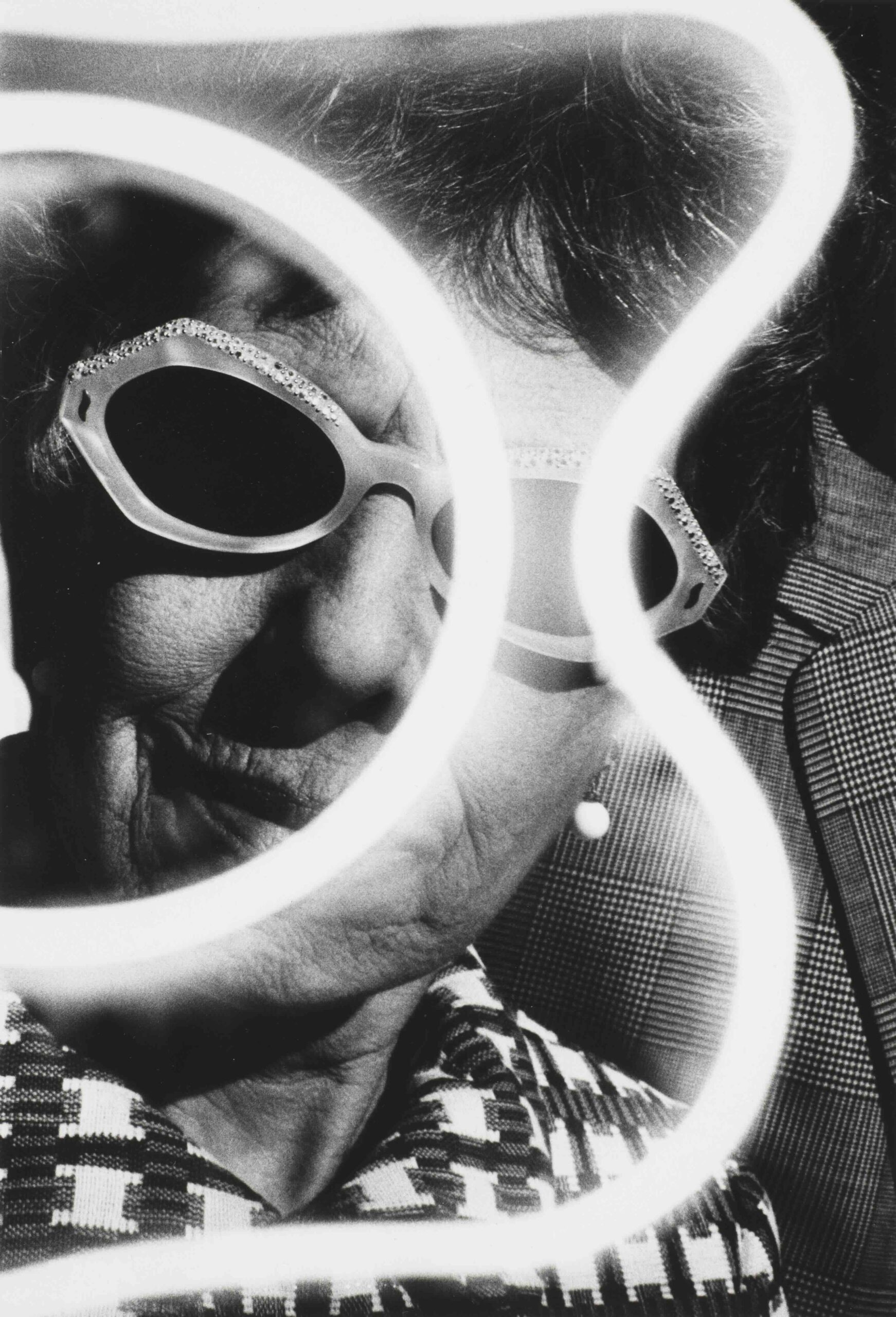
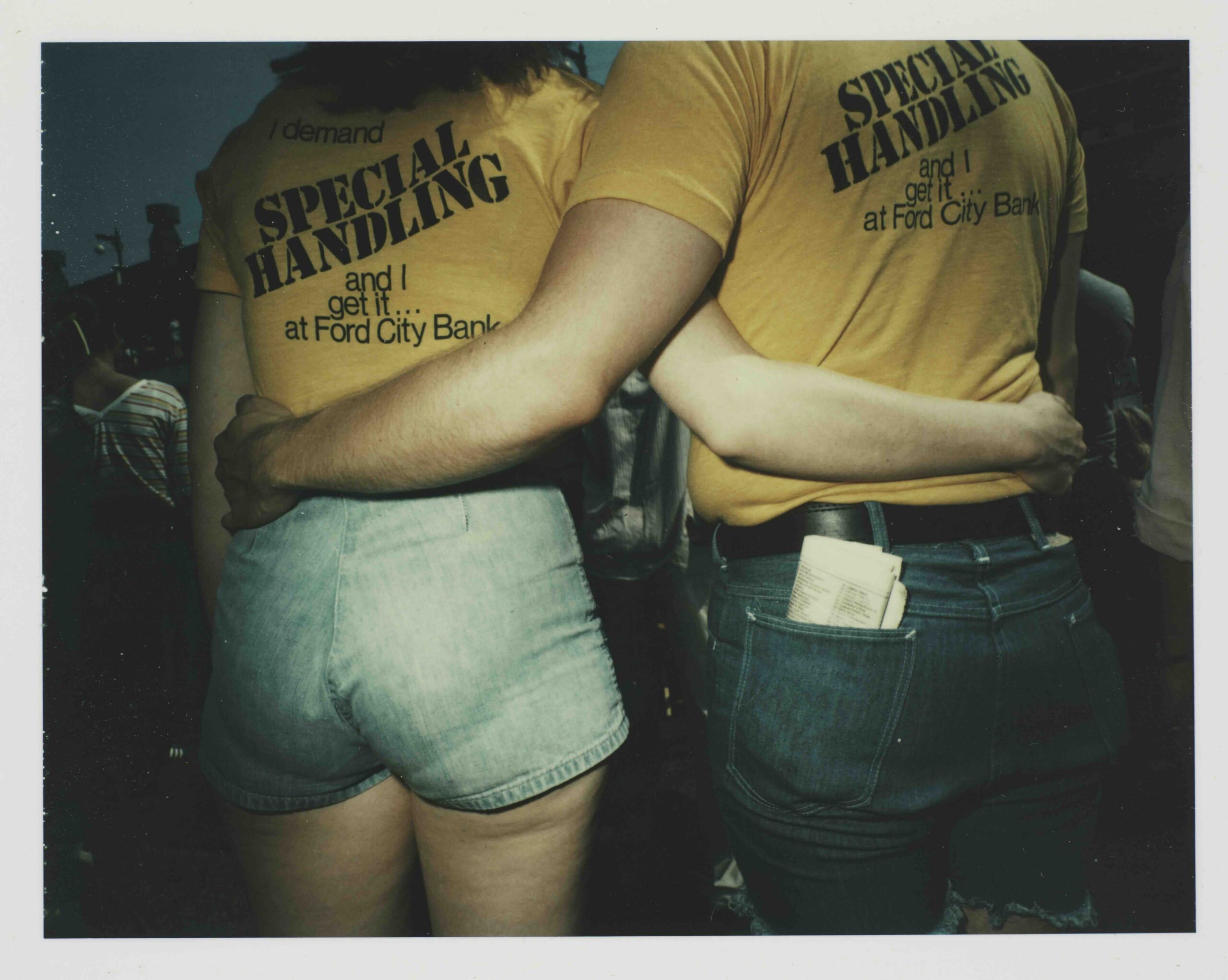
For further information centrepompidou.fr.
